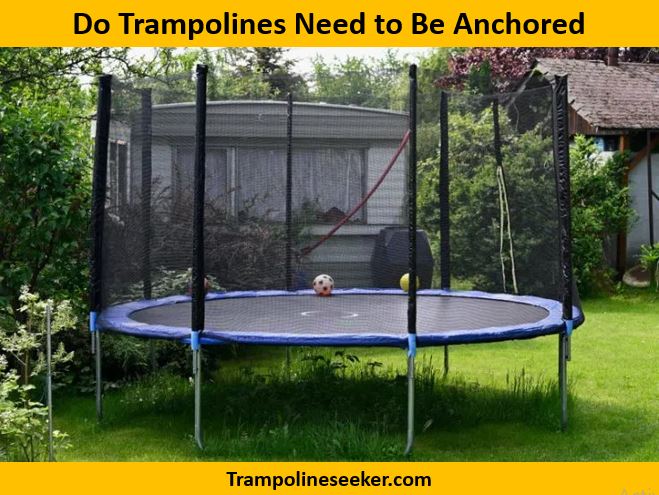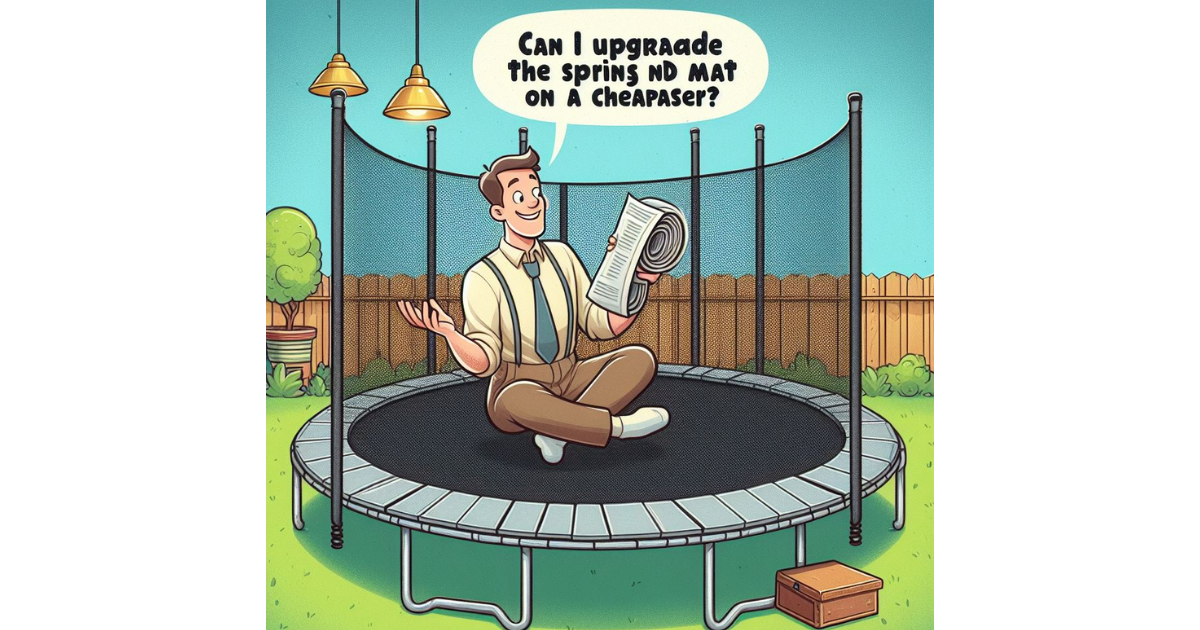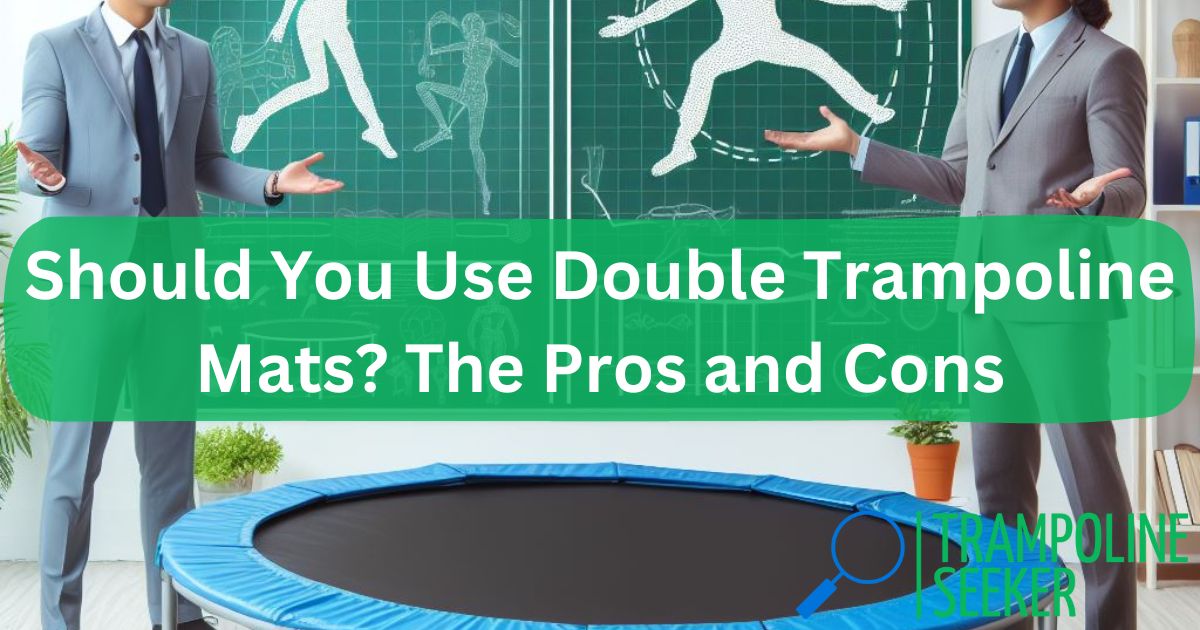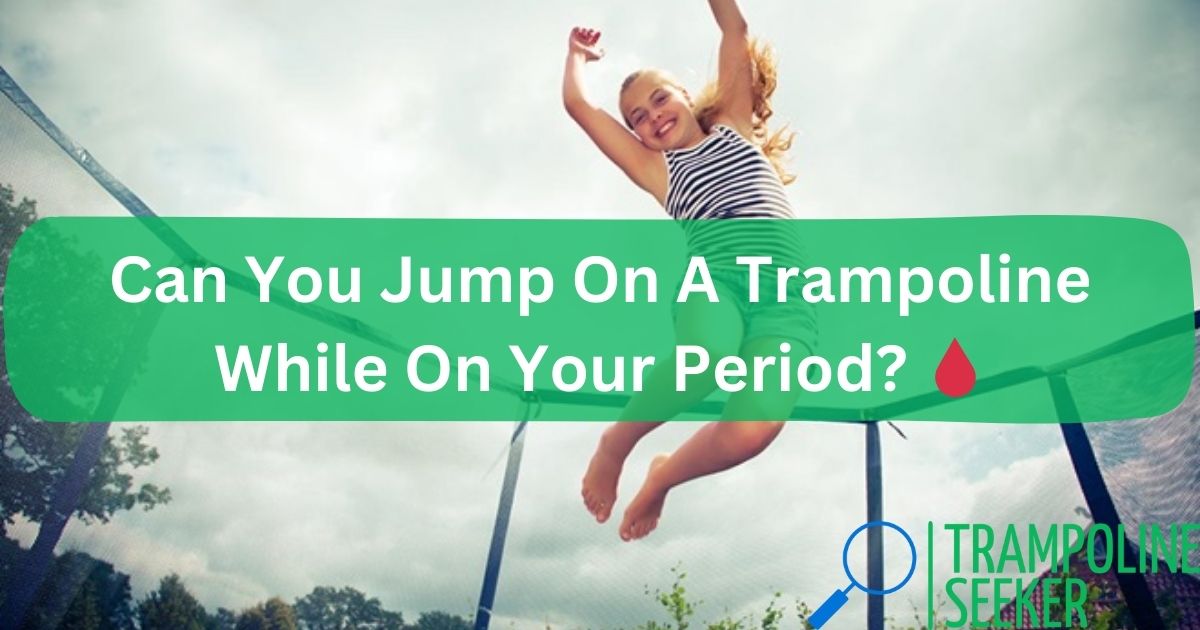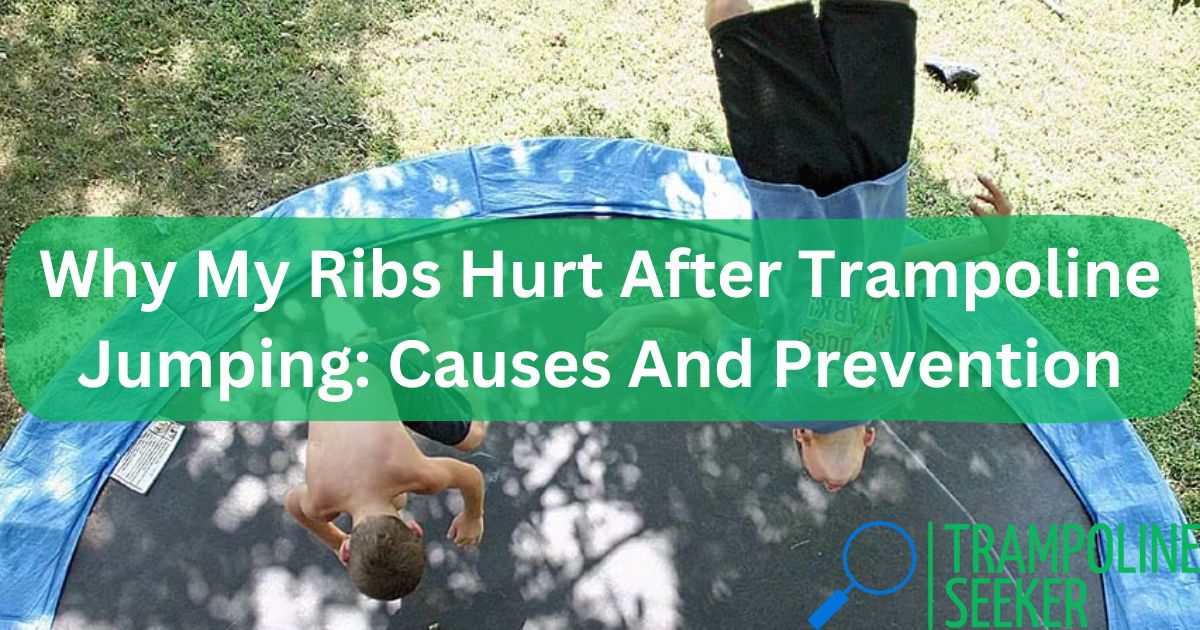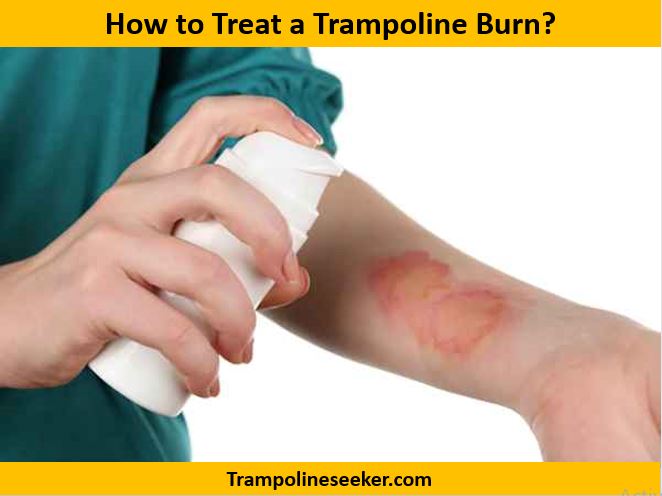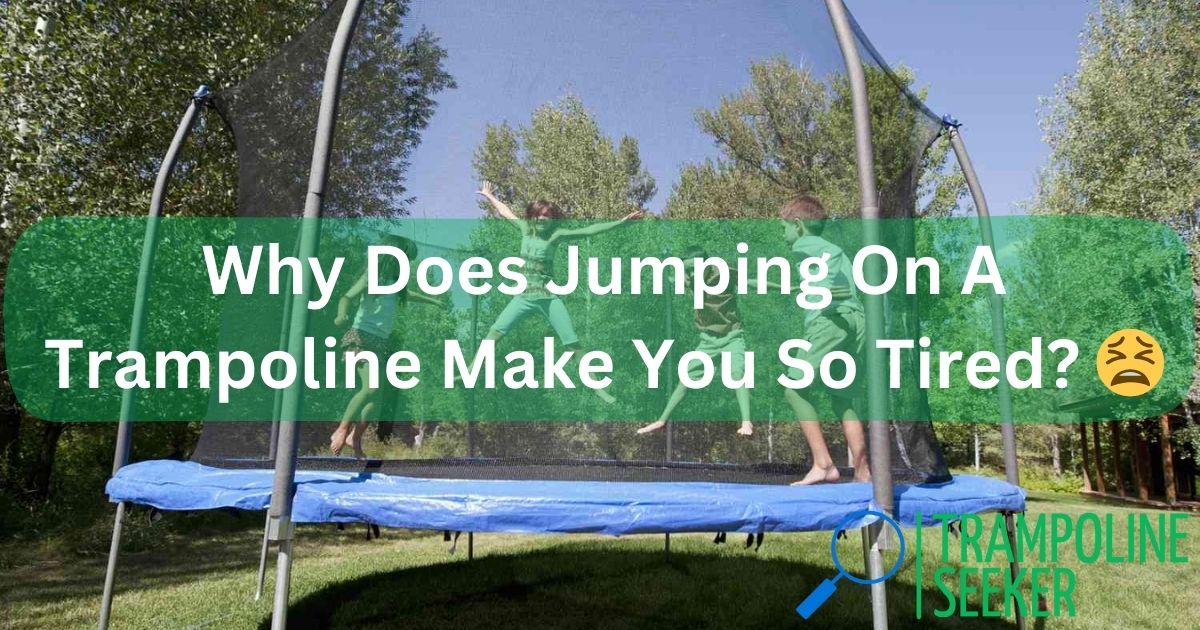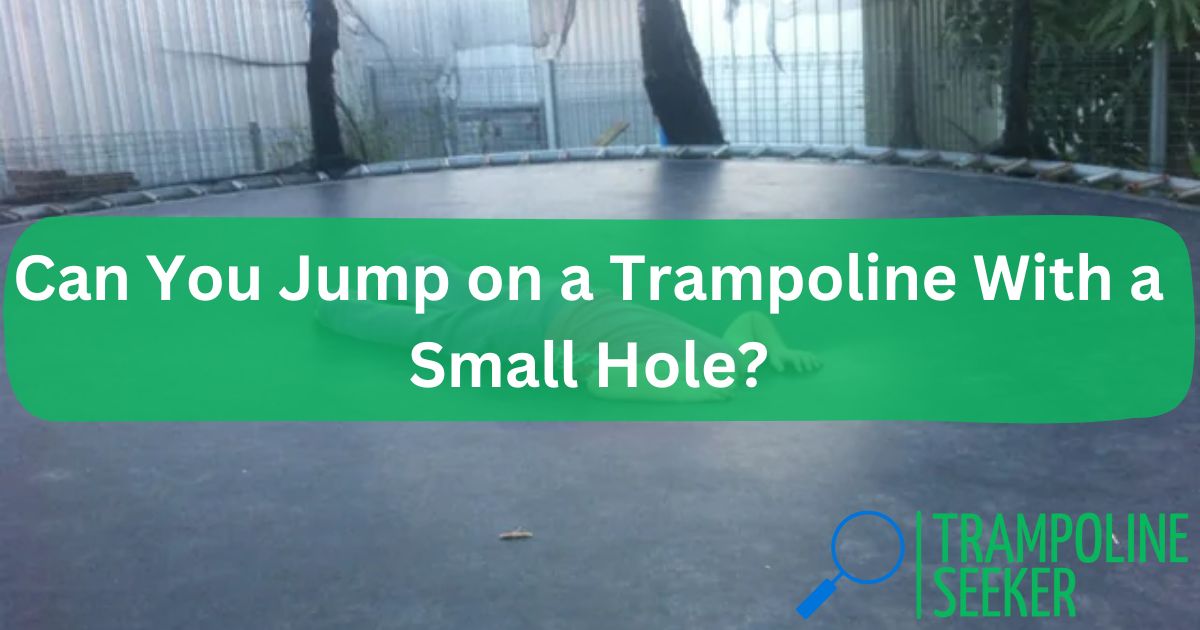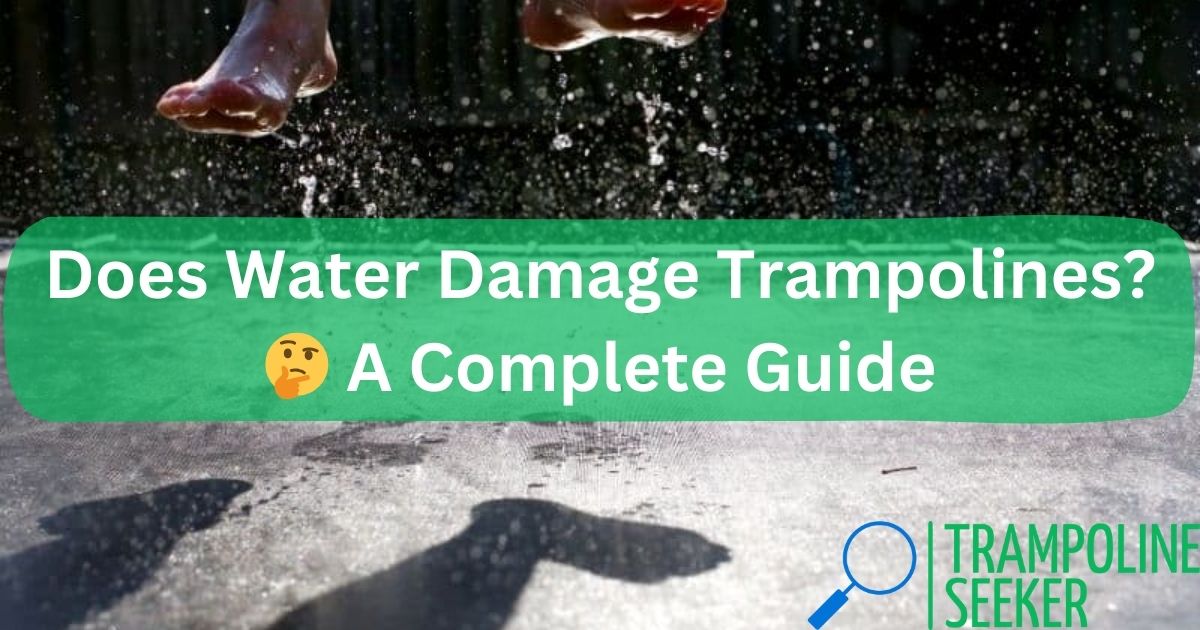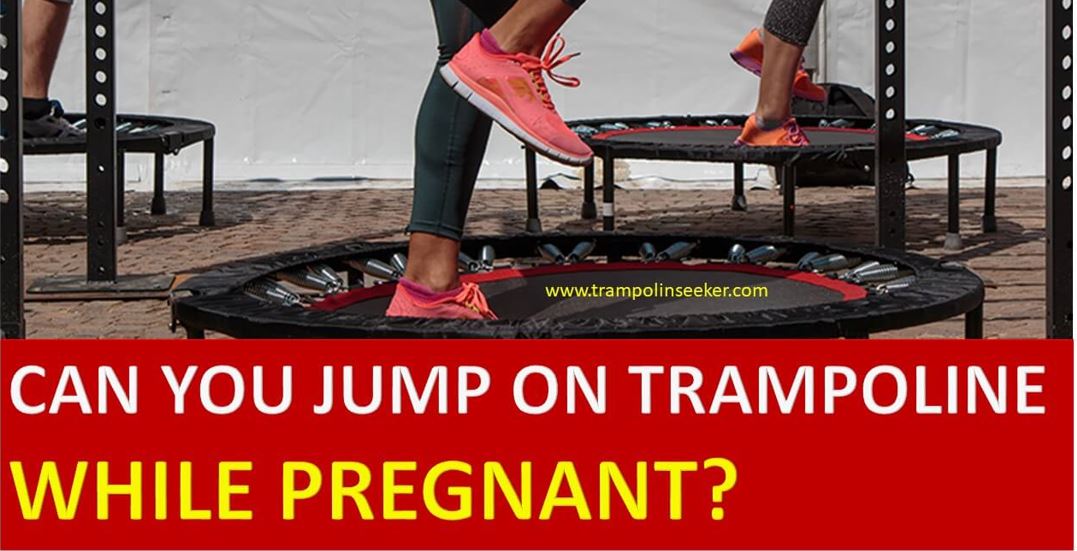Have you ever wondered if trampolines get bouncier with use over time? As a trampoline lover, I have personally noticed some of my old trampolines seem to bounce higher after they have been “broken in”. But is this really true? 🤔
Do Trampolines Really Get Bouncier Over Time? 🤸♂️
The short answer based on my analysis:
Most trampolines do get slightly bouncier over their first year or two of use as the springs and mat “break in”. But after this point, from years 2-10, trampolines slowly lose their bounce over time before needing spring replacements. With proper care and spring swaps every 8-10 years, a quality trampoline can maintain a good bounce for multiple decades.
As I’ll cover, the bounciness story has some nuance to it. But in a nutshell:
- Brand new trampolines need a “break-in” period of weeks-months before reaching peak bounciness.
- After the break-in bounce peak 📈, expect a slow deterioration in bounce over years 2-10 based on spring health and material factors.
- With basic maintenance like spring swaps every decade, a trampoline can keep an impressive bounce for 20+ years!
Now let’s analyze this topic in more detail!
The Science Behind What Creates Trampoline Bounce 👩🔬
Before we can understand if trampolines get bouncier over time, it is helpful to know what makes them bouncy in the first place.
As I learned from the materials, there are four key components that create a trampoline’s bounce:
1. Trampoline Springs 🧲
Theunsung heroes of trampoline bounce. Springs stretch out and recoil to propel you upwards and create that weightless feeling. The spring count, length, strength and health all impact overall bounce potential. More on spring factors later.
2. Trampoline Mat 🤸♀️
While the mat doesn’t contain bounce energy itself, it needs the correct tension to transfer energy properly between springs. Poor mats lose tension quickly. Quality mats retain bounce-enhancing tension for years.
3. Trampoline Frame 🪜
The frame acts like the skeleton, absorbing and distributing your kinetic energy amongst the springs for an even bounce. Sturdy galvanized steel frames prevent energy leakage.
4. Spring vs. Springless ⚖️
Springless trampolines use advanced fiberglass rods instead of springs. They offer a smoother and more joint-friendly bounce, but some argue spring-based trampolines allow you to reach greater vertical heights.
As you can see, trampoline bounce depends on how well energy flows between these four components when you make contact with the mat. Keep this in mind as we explore how factors like age can influence bounce over time.
Do New Trampolines Need “Breaking In”? 🆕
If you have purchased a brand new trampoline, you may have noticed it starts off feeling a bit stiff and lacking the high bounce you expected. Disappointing when you just dropped $1,000 or more!
Luckily according to the source materials, nearly all new trampolines require a “break-in” period of continual use spanning weeks or months before reaching prime bounciness.
There are two reasons why brand new trampolines have an initial bounce lag:
1. Tight Springs: Fresh out of the factory packaging, coiled steel springs tend to be extremely tight and rigid from lack of previous stretching. It takes repetitive use over weeks/months before they fully flex and lengthen.
2. Tight Mat: Similarly, new mats need time being jumped on for the polypropylene to soften and lose its initial taughtness. This allows the mat to sag precisely to transfer energy between springs.
So in the first 0-6 months, you can expect your new trampoline’s bounce to gradually improve until it plateaus around its peak. This peak signifies a fully “broken-in” trampoline optimized for air time and bounce quality. 🤹♂️
Do Trampolines Lose Bounce As They Age? 👴
So new trampolines eventually break-in to reach a bouncy prime after initial use. But what happens years later as a trampoline ages?
Unfortunately, the sad reality is that all trampolines gradually lose some bounce from years 2-10 before needing remedial work to maintain bounce quality.
There are three primary reasons trampolines start to lose their pep from years 2-10:
1. Spring Fatigue
Springs lose some elasticity every year from micro-deformities even with proper use. By years 8-10, tired springs lose their ability to store and return energy.
2. Spring Rust
Springs exposed to weather can corrode and rust over 5-7 years. This reduces their flex and recoil capacity, sapping bounce.
3. Mat Stretch
UV rays and repetitive landings slowly stretch and misshape jumping mats over time. This leads to uneven bounce distribution and energy leakage to the frame.
The end result: The average backyard trampoline will gradually lose its ability to propel you skyward year after year. 📉
Luckily with some maintenance (covered later), trampoline bounce doesn’t have to be doomed forever!
When Do Trampoline Springs Need Replacing? ⏲
Knowing trampolines lose bounce over years 2-10, when exactly should you swap out tired springs to restore air time?
The source materials suggest spring replacements every 8-10 years for most brands. Here are the signs your springs need swapping sooner:
🧐 Visible rust/corrosion
😣 Permanent stretch marks/gaps
👎 Loss of tension/recoil
🔥 Brittle cracks or breaks
As long as you replace springs exhibiting these wears every decade or so, you can maintain a solid trampoline bounce for 20-25 years.👍
5 Useful Tips To Enhance Trampoline Bounce ⬆️
While bounce loss is inevitable as trampolines age, you can take proactive steps to maximize bounce quality at any age:
1. Upgrade to performance springs
Brands like Acon sell thicker high-performance springs than come standard. Stronger gauge steel equals greater energy return.
2. Try spring crossing patterns
Crisscross springs in V, W or X patterns to increase tension and responsiveness. No new springs required!
3. Keep surface clean and debris-free
A clean jumping surface allows proper contact and energy transfer between feet and mat.
4. Use a weather cover when not in use
Protects springs and mat from elements that accelerate material damage. Wise investment!
5. Follow weight limits
Exceeding max jumpers/weight strains components and risks permanent damage jeopardizing bounce.
While no tricks can make a 15 year-old trampoline bounce like new, dedicated care makes a difference!
Must Read: How to Make Your Trampoline Bouncier?
Trampoline Bounce Over Time Chart 📊
To drive home the key learnings about how trampoline bounce changes over years of use, check out this chart:
Stage | Age | Description |
Brand New | 0-6 months | Gradual bounce improvement during “break-in” period. Springs loosening, mat softening. |
Bounce Sweet Spot | 6 months – 2 years | Peak bounciness once fully “broken in”. Enjoy it! |
Slow Bounce Deterioration | 3 – 10 years | Gradual yearly reduction in bounce. Spring fatigue and rust. Mat losing shape. |
Spring Replacement | 10+ years | Tired springs lose tension and snap. Bounce restored with new springs. |
As shown, trampolines take about 6 months to reach prime bounce, maintain it for 1-2 years, then slowly lose bounce over years 3-10 before needing revived with fresh springs.
FAQs: Your Top Trampoline Bounce Questions Answered! ❓
Let’s bounce to the finish line by answering some commonly searched trampoline bounce questions:
Q: What trampoline shape gives the best bounce?
Round trampolines offer the most even single-jumper bounce distribution via symmetrical spring spacing. Rectangles and ovals work better for multiple simultaneous jumpers.
Q: Can you make a trampoline bouncier without replacing parts?
Yes! Try spring crossing patterns or mat tension tricks to liven up an aging trampoline’s bounce for low cost.
Q: Should I buy a spring or springless trampoline?
Springless trampolines have a smoother feel kinder on joints, while spring trampolines offer more “oomph” to reach greater bouncing heights. Choose based on your needs and budget!
Q: How many years should a good trampoline last?
With proper care and spring swaps every 8-10 years, quality trampolines can maintain a solid bounce for over two decades!
Takeaway
While new trampolines improve for 6 months after purchase, it’s ultimately a slow decline in bounciness from years 3-10 before repairs revive some pep. But with proper maintenance every 10 years, trampoline bounce can delight kids and adults alike for 20+ years!
Articles You May Like to Read:


